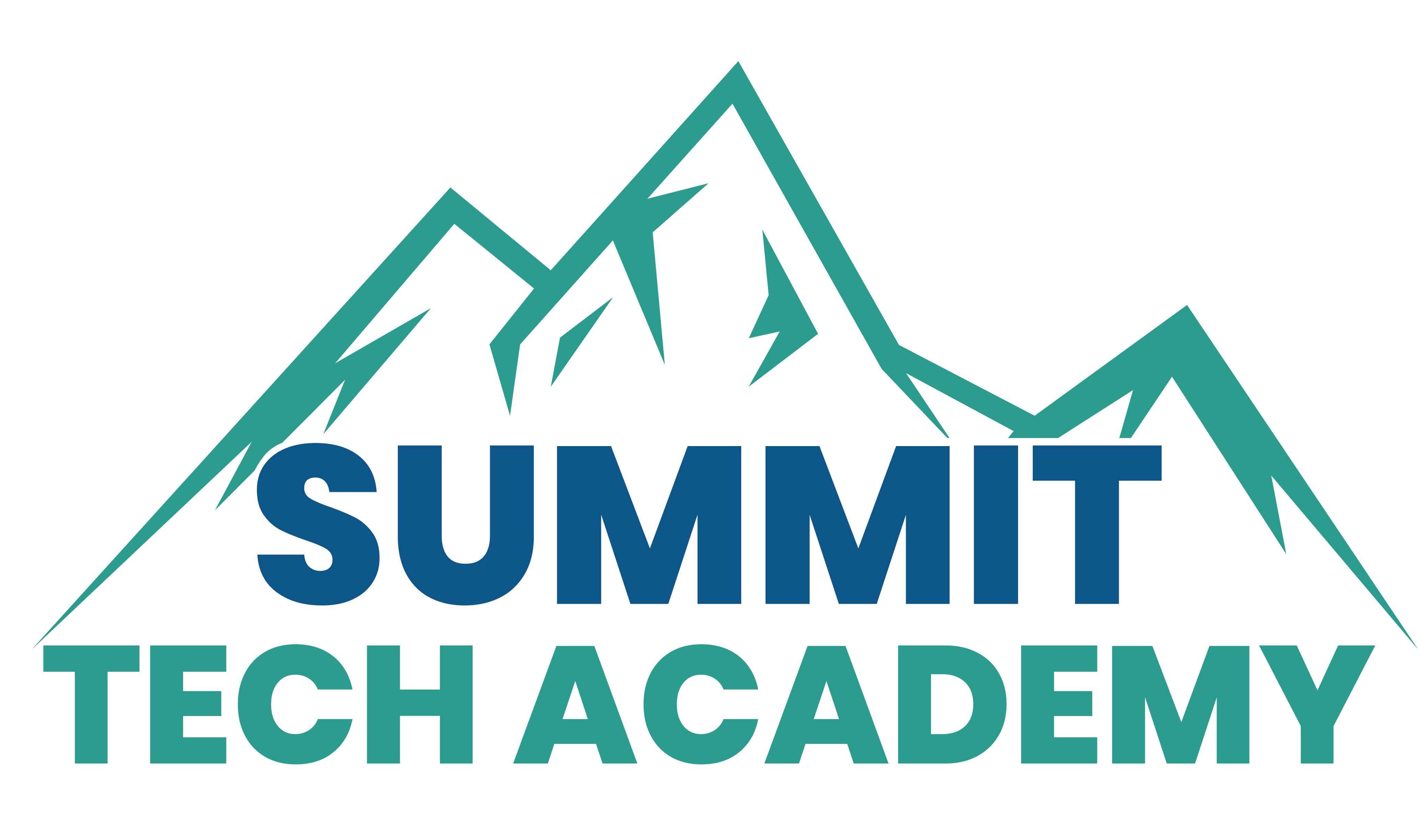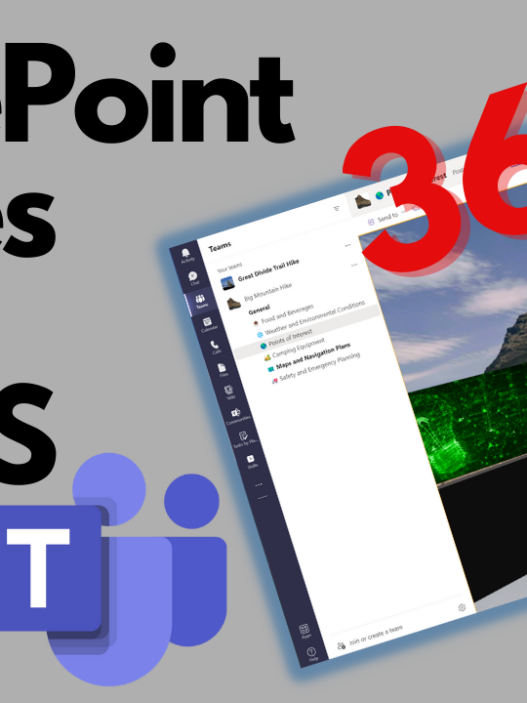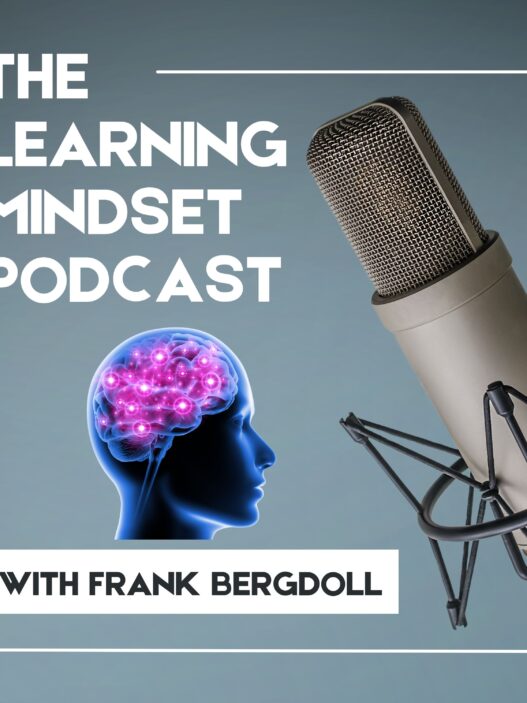The societal impacts of Social Media are numerous and fall across a spectrum of negative and positive impacts. While it may be easier to identify the negative impacts to learning in regards to distraction, misinformation, and negative social impacts – there are those that use Social Media as a way to reach out and connect.
It is this ability to connect to the users of Social Media platforms that I believe presents an interesting thought experiment that may prove to have practical implications for life-long learning.
Promotion and concerns around developing life-long learning is nothing particularly new to the world of education. It occasionally seems to get a rebranding or a nuanced modification (Workplace Learning, On-the-Job training, Just-in-time learning), but conceptually the idea is that we need to encourage the acquisition of knowledge and skills during all phases of work and life.
Where does Social Media come into play?
If we look at the chief strength of Social Media – we can see that it facilitates participation – potentially to the point of obsession. In the book “Hooked: How to Build Habit-Forming Products” by Nir Eyal, the author provides an excellent overview of how companies selling products can form habits amongst their target markets, how they can use actions, triggers, rewards, and other methods to develop and … “hook” their customers.
Can we do this with lifelong education?
The idea of life-long learning is an easy sell to those that love learning. However, is that the bulk of the population? Especially those that perceive learning from a traditional lecture/test or deliver/exam viewpoint? I suppose I could reference popular culture and the celebration of “no more school”.
What if we instead used the same micro-segmentation and data strategies to identify an audience for smaller, discreet, and “hook-able” learning experiences that were sought-after by specific audiences at specific times, in specific ways?
There is little argument that the advent of digital lifestyles has created new opportunities and ways of social interaction, but there is a deeper context to this. The nature of humanity is changing in responses to digital environments.
That is a pretty bold statement, but I would encourage those interested to read “The Cyber Effect” by Mary Aiken, PhD. It is an interesting book that details the way human behaviour changes online. A concept of importance to anyone wishing to teach, skill, and support the elements of learning in a new way to a new audience.
What does this mean for “schools”?
It challenges the the very foundation of how we design, deliver, measure, market, and provide opportunities to learners in our schools – at all levels of education. We need to provide the learning for the learners we have – not the learners we once were ourselves or expect others to be.
School as a Social Media Platform?
My thought experiment has led me to envision an blended school experience that seeks to bring learning into a broader delivery architecture. One that incorporates the ideas of micro-segmentation, shorter learning “events” and data tracking to build skills in multi-directional designs.
There will be a place for linear, learning paths – but we can (and probably should) learn some lessons from Social Media and adapt those lessons to education.
Thanks for visiting my BLOG – if you are interested in more topics related to how we can use technology to learn and teach more effectively – check out my YouTube Channels:
Learning and Technology with Frank
https://youtube.com/c/LearningandTechnology
Creative and Critical Thinking (coming May 2022)
https://youtube.com/user/LFDOG


